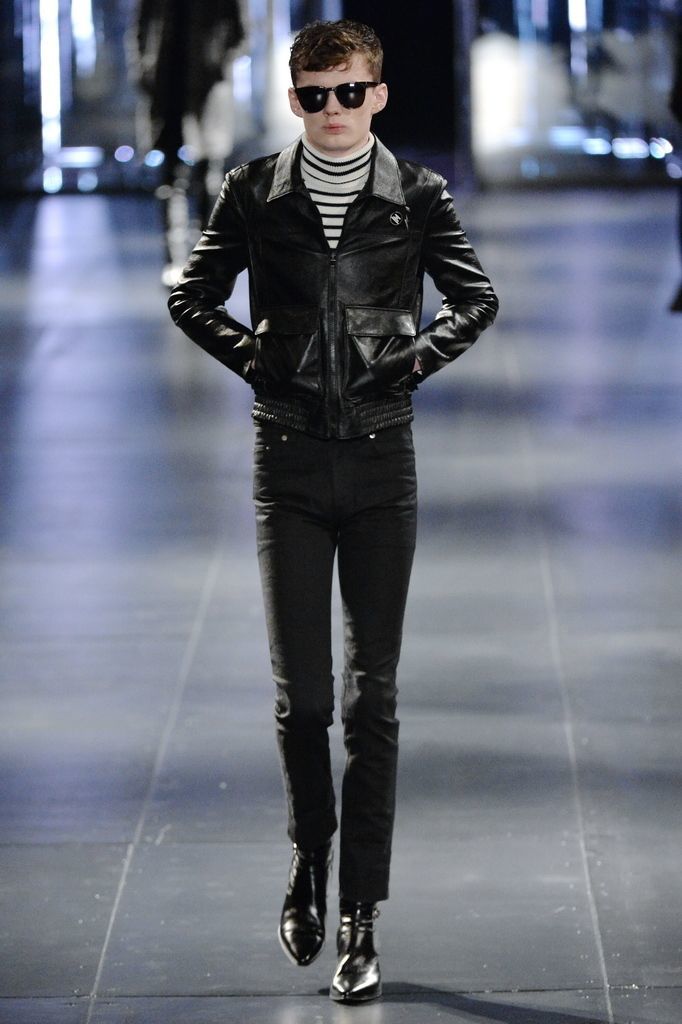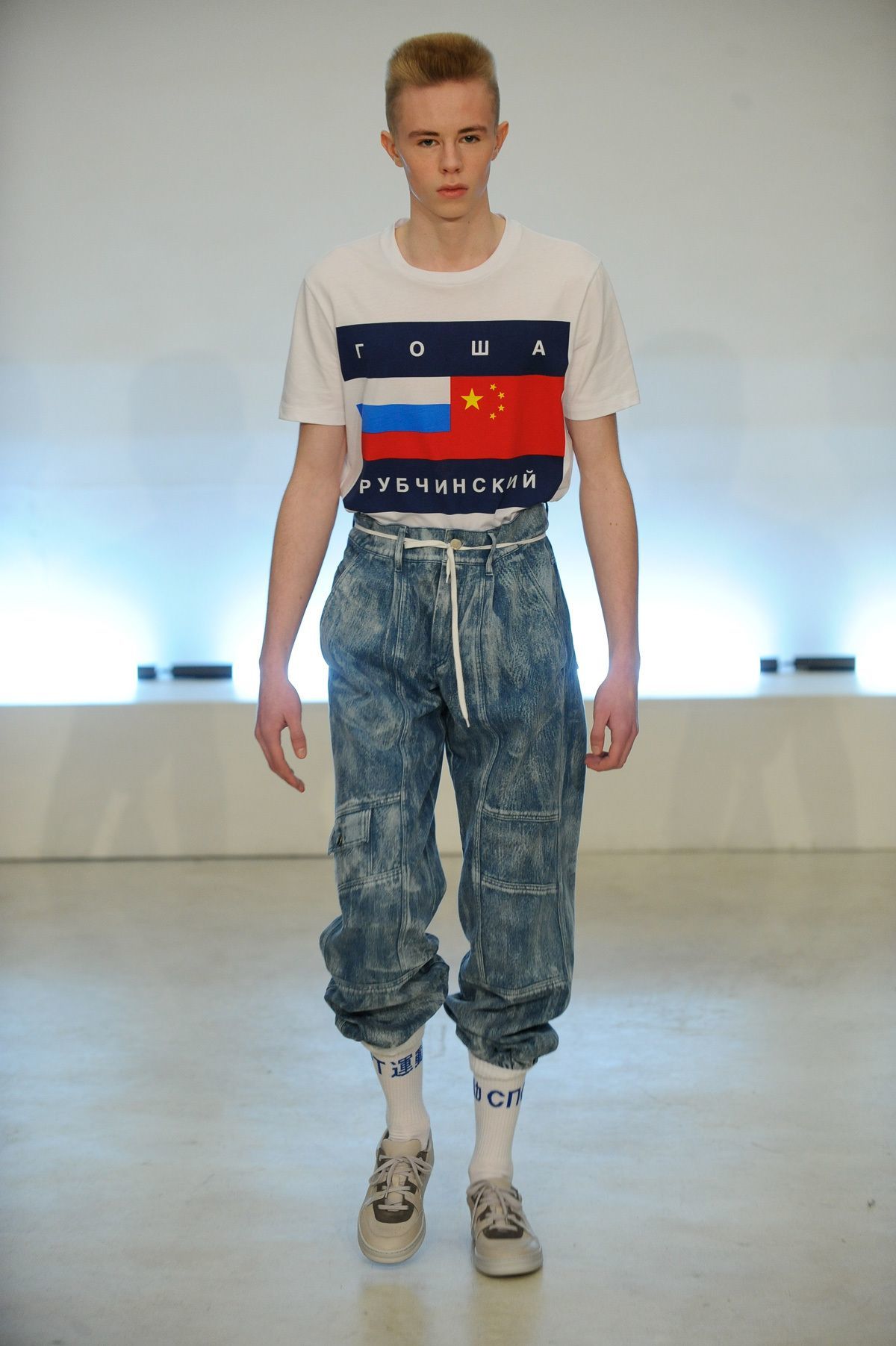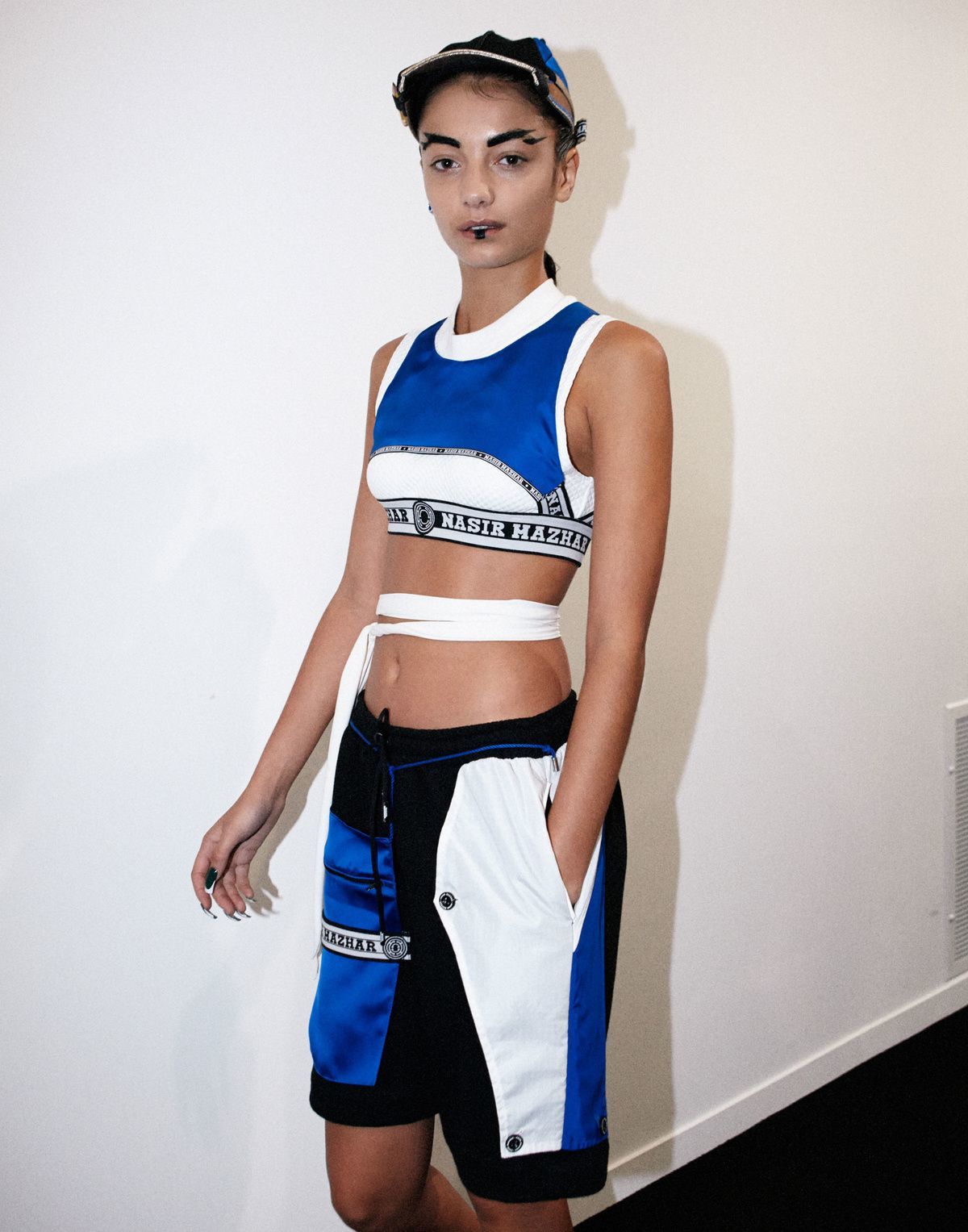Throughout history, our ‘look’ has been part of our language. Fashion has been the key component of our identities; the surface decoration of the human body that possesses the ability to express the ideologies that lie beneath. Those looks have subscribed us to varying cultural tribes. From greasers to grungers, mods to metal heads – subcultures have always been recognisable, and defined, by the clothes they wear. But at first glance in the 21st century, those classifiable groups seem to have desublimated. When we try and identify a relevant subculture of today, it’s not quite as easy as looking for a pair of Doc Marten boots or paisley print trousers. Yet cult menswear dressing in the last year seems to have had somewhat of a renaissance, and it makes for particularly excitable viewing.
In his book Plentitude, writer Grant McCracken wrote that “in the 50s, you were either mainstream or James Dean. You had to be one or the other”. This however, is no longer the case. Over time, the sorts of people we can choose to be have multiplied dramatically. In today’s kaleidoscopic world, we are presented with thousands of options to choose from. Who are our cultural heroes now that have come to symbolise a generation? Are they artists? Musicians? Designers? Politicians? Perhaps they’re still the icons of Britain’s past. The answer is, they’ve become all of those things.

A subculture can be defined and identified as when a larger culture has failed to meet the needs of a particular group of people. Of course, it would be futile to suggest that there aren’t minority groups whose needs aren’t met. Yet, the diversity that is now so inherent in our society has forced a cultural hand. It seems no longer about identifying as part of a group, as much as identifying as a complete individual. As cliché as it sounds, in the mid 00s, it became cool to be un-cool. It’s that age-old hipster mentality that we’re all too familiar with. No longer are we James Dean or mainstream, but many streams – with it becoming less and less clear what rituals of resistance we might resist. Cultural overload has resulted in a conglomeration of fashion, with every genre of style tribe amalgamated. It’s regram, retweet and #TBT culture; borrowing, stealing and merging in a frantic battle of (un)coolness. Just look at the amount of recent collaborations across the arts as a milestone indicator of that.
But we’re all getting a bit sick of hipsters aren’t we? Beards are being shaved off, socks put back on, and house parties replaced by club nights. Individualism can be, well, a bit boring and lonely sometimes, no? Ergo, subculture is once again emerging in its place, something that as a nation, we seem to have skipped for around a decade. But it’s more new wave now and sits in-line with our modern ways of thinking. Look at club nights like Sink the Pink. Our ways of dressing are as likely to bubble up from the streets as they are now to descend from high fashion. Indeed the brands that tow the delicate line are the ones that aren’t just making money, but are responsible for defining our current generation.
An obvious example is Hedi Slimane’s Saint Laurent, which has consistently championed subcultures such as rock, goth, punk and ska – removing them from the realms of the underground and throwing them onto the runways of Paris. It’s what writer Richard Hebdige describes as “hiding in the light”. The zipper detailing, tight trousers and skinny ties are recognisable signatures of tribes past. Artists, musicians and designers unite – look at the team of boho underdogs that came together to create every facet of his show in Paris last Sunday. Slimane has reversed that previous definition of subculture; choosing instead to present a particular group of people triumphant to a larger cultural group. And that’s why those basic separates come with a hefty price tag.

But while we might not all be throwing chucks on with Saint Laurent, the real rejuvenation in subcultural dressing has come from brands like Hood By Air, Gosha Rubchinskiy and Nasir Mazhar. These are that new wave, that have brought street and high fashion together, nuanced by cultural topics that have yet to be examined in our clothing. Its authenticity at its best – and that’s exactly what’s responsible for creating legions of loyal fans that dress head to toe in those brands. It’s a uniform, and it harks back to those days of subcultural groups identified by their fashion DNA.
Shayne Oliver’s Hood By Air label has grown exponentially since opening in 2006, showing this season as a special guest in Pitti. What Oliver, and his contemporaries have created, is something authentic. Something that taps into an underground mentality, be that the State-side gender bending stance that HBA takes, the un-exposed world of Gosha’s St Petersburg’s skate park boys or Nasir’s London-cum-chola chaps that choose the tracksuit as their tailoring. It would be laziness to call any of those brands “streetwear” – moreover these designers form the cultural uniform of the people on their streets.
So why now? Why are these brands blinking on everyone’s fashion radar after a subcultural hiatus, responsible for defining the current generation? It goes back to that statement in the 50s of whether you want to be mainstream or James Dean. In a world that has diversified so much through its acceptance of expression, fast fashion and technology, perhaps we have begun to again crave groups that can define us. The key word here is authenticity. To be part of new, authentic groups that once again unifies like-minded people. After all, isn’t being authentic what creates subculture in the first place?

Credits
Text Greg French
Photography Piczo
Photography from catwalk Mitchell Sams
